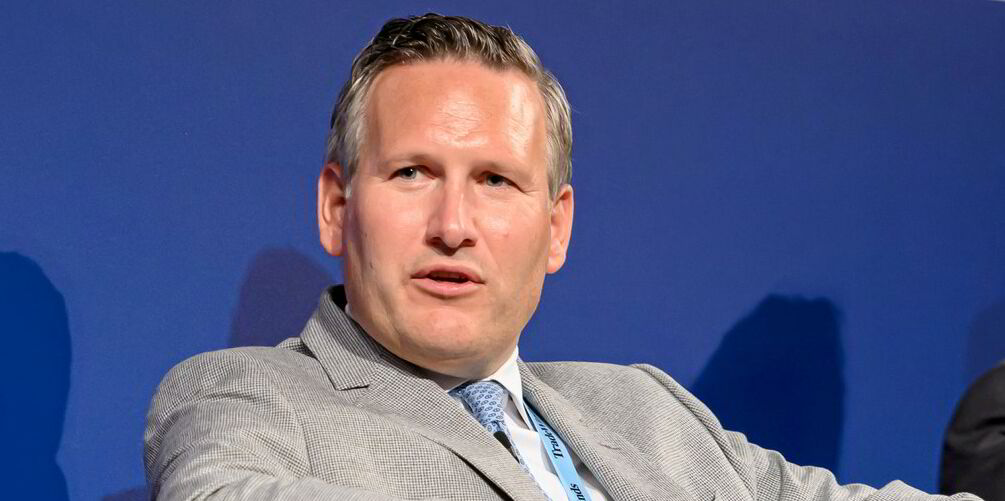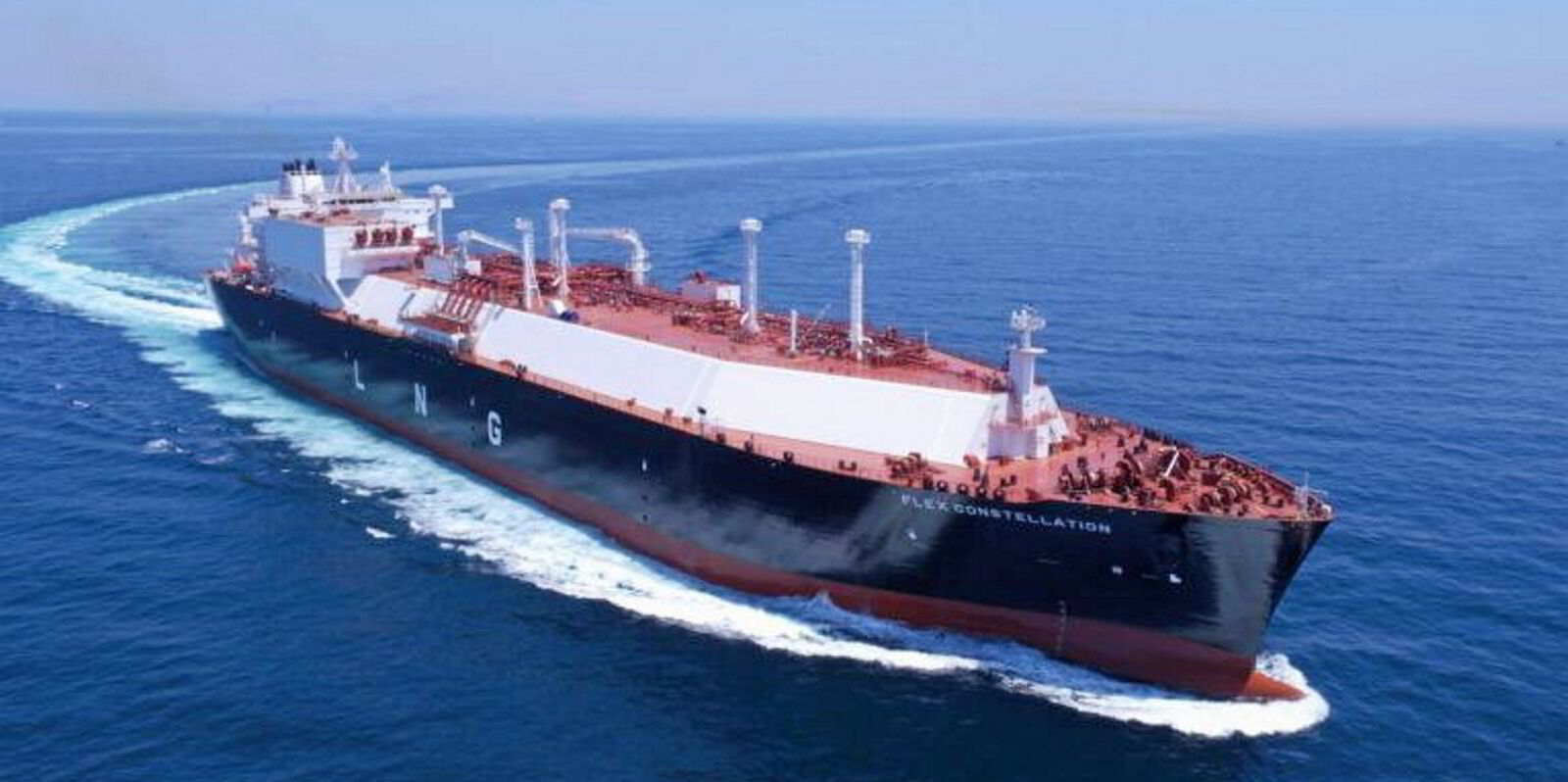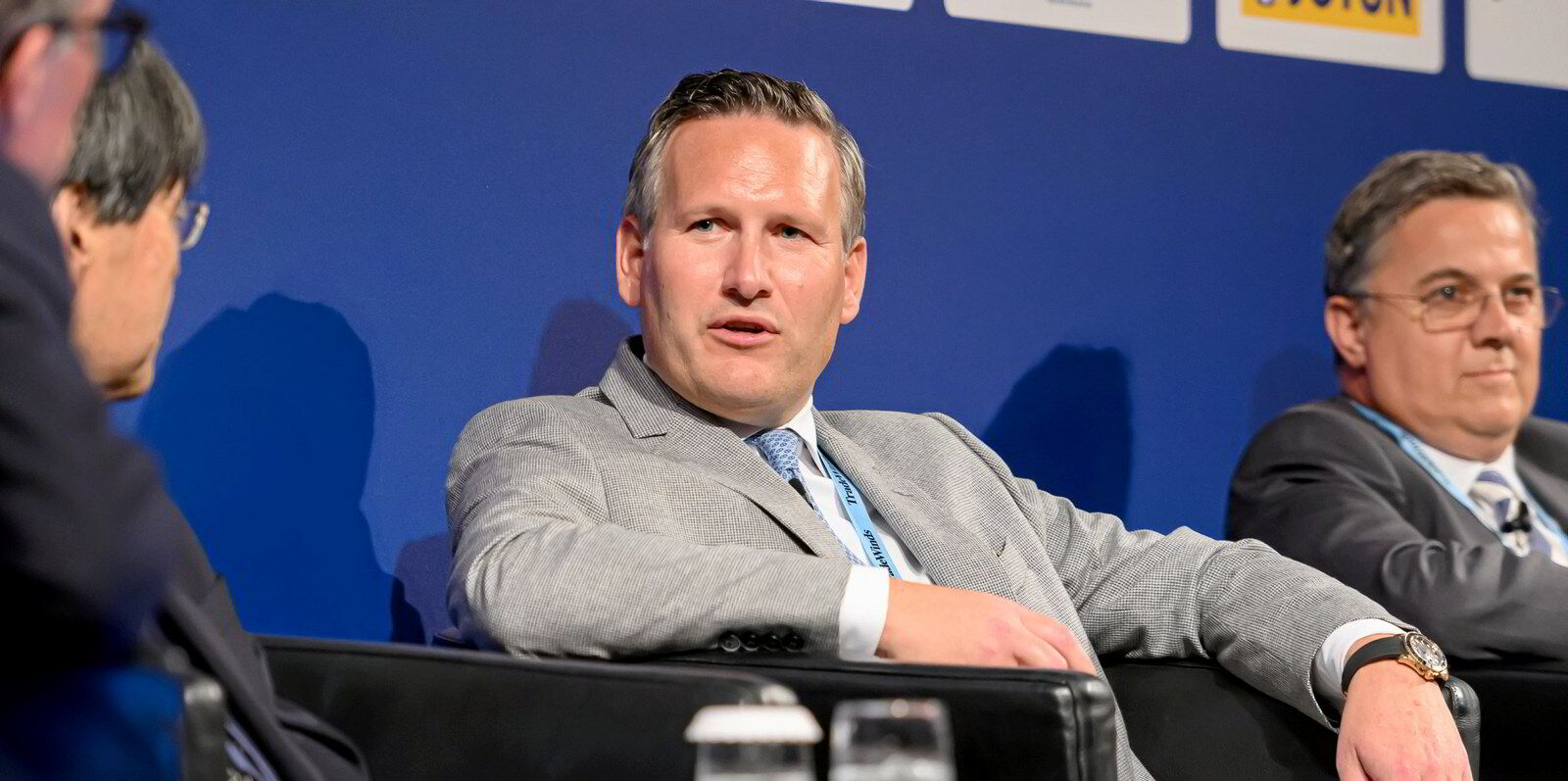Flex LNG has agreed on a new 15-year time charter with Japanese utility and LNG trader JERA.
Oystein Kalleklev, chief executive of the John Fredriksen-backed shipowner, said the 173,400-cbm Flex Constellation (built 2019) will be fixed for a firm period from 2026 to 2041, with the possibility of an extension to 2043.
The LNG carrier is currently on a 10-month time charter with JERA until the end of the first quarter of 2025.
“We really much appreciate returning customers who appreciate the service and quality level that Flex LNG delivers,” Kalleklev said.
“With this time charter, we further increase our backlog and earnings visibility with a charter rate for the new period in line with the existing charter rate for the vessel.
“Following this agreement, Flex LNG has in total 64 years of firm backlog, which may increase to 98 years in the event charterers utilise all their extension options.”
Earlier in November, Flex said the Flex Constellation was expected to be redelivered from the existing contract late in the first quarter of 2025, as the charterer had not exercised its one-year extension option.
The vessel will be open for trading spot and/or short-term time charter for about 12 months before beginning the new charter.
Flex LNG has 11.2 out of 13 ships on firm time charter for the next year at an average rate of nearly $80,000 per day.
“Additionally, we also have one ship on variable hire until minimum Q3 2025, but where the charterer has the option to extend this variable hire to 2030,” Kalleklev said.
“Hence, close to 90% of our income days for 2025 is already covered, with backlog stretching all the way into 2041.”
Arctic Securities left its 2025 estimates unaffected after the announcement.
But the 2026 earnings per share estimate was lifted to $2.45 from $2.38 when assuming a rate of $78,000 per day.
“We find it very positive to see that the company manages to increase the backlog at solid rates despite a very negative sentiment currently,” analyst Kristoffer Barth Skeie said in a note.
“The stock is now offering a 17% discount to net asset value, and with higher backlog coverage, we believe this gap should narrow.”





